Home > Sustainability > Feature in FY2014 > Reformes to improve quality Part.2
Feature in FY2014:
Reformes to improve quality Part.2
Delivering the best possible products to market
Quality is of the greatest concern regarding new products. Therefore, in addition to evaluating values based on past experience, we are focusing on evaluating and predicting potential problems before they occur.
Reforming evaluation methods
Evaluating products after understanding design concepts and technology
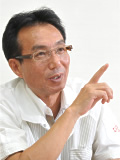
Reliability Assurance
Sec. 31
As a measure in response to the issue of whether or not our current evaluation methods adequately meet the changing needs of customers and able to satisfy the demands of users in different countries around the world with different usage conditions, we have introduced a "My Understanding Sheet." For example, this sheet is used by people in charge of new products scheduled for release to write down the types of evaluation necessary. This is based on their understanding of the product as obtained from engineering departments such as new technology and design changes, operating requirements, and factors that could affect the mechanism of how the product works. As a result, new evaluation criteria are established based on the knowledge and imagination of all those involved to better evaluate products in order to achieve a more reliable verification of the product's quality and also reduce customer downtime.
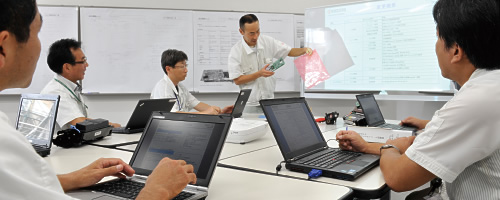
Reforming verification
Discerning product limits to transmit even prognostic information
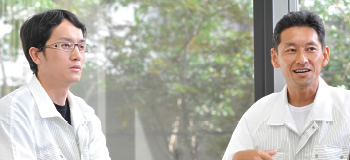
Reliability Assurance Sec. 33
Pass/fail decisions using the previous evaluation checklist form did not allow us to adequately understand variability in production and its causes. These reforms involved new verification methods where failure modes were predicted by understanding product limitations based its technological background and recognizing the symptoms in cases where those limits were exceeded.
We thought that establishing a new perspective for determining which performance parameters are most appreciated by customers under various conditions was essential for improving quality. Factors such as high versus low specifications, with or without regular maintenance, with or without minor design changes as well as the various characteristics, climates, and environments of respective countries were all taken into consideration.
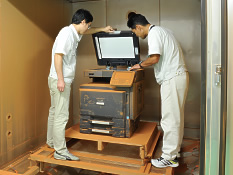
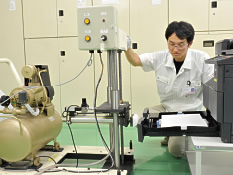
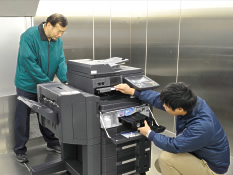
Better utilizing market information
The host of problems that can occur after a new product is released can provide major reference information for developing and improving products. To utilize this important resource more effectively, we changed the way we viewed how we gathered and analyzed the information.
Reforming information analysis
Aiming for global market data analysis and utilization by management

Quality Assurance
Sec. 13
Currently we are building a system to gather a wide range of data from around the world, such as customer operating data, maintenance and service activity data, maintenance parts shipping information and call reports from customer contact centers. This will accelerate the process of proposing solutions to product development, maintenance and service issues, and make them more specific.
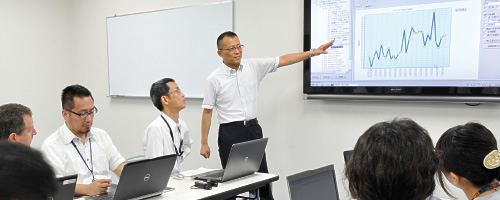
Reforming information gathering
Nipping problems at the bud during morning telephone meetings with overseas sales offices
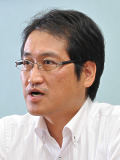
Quality Assurance Sec. 21
The failure to gather all the necessary information and communication difficulties due to the time differences and distances involved can be a real bottleneck when cooperating with relevant departments to investigate and respond to questions and problems from overseas, and applying that information to improve product quality or incorporate it in future models.
Therefore, to resolve the problem, in 2012 we started a system of 15 to 30 minute long morning telephone meetings with Japanese technical personnel stationed overseas. Exchanging information directly each day also provides other benefits, such as preventing problems before they occur.
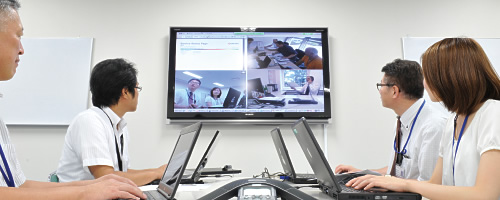
Previous pageFeature in FY2014 : Reformes to improve quality Part.1
Home > Sustainability > Feature in FY2014 > Reformes to improve quality Part.2
